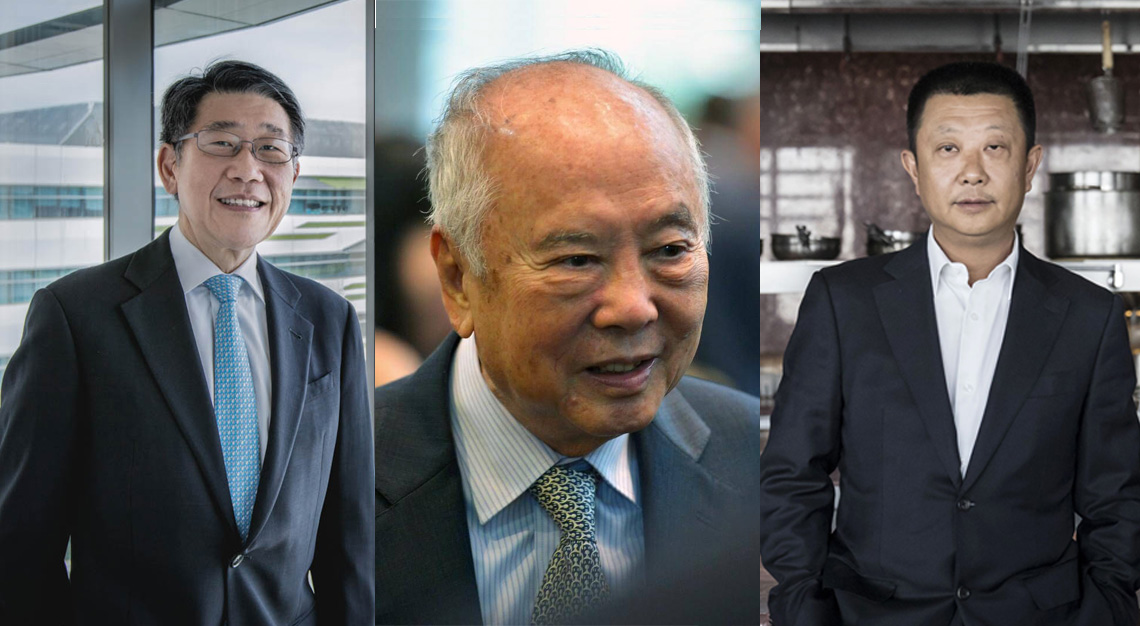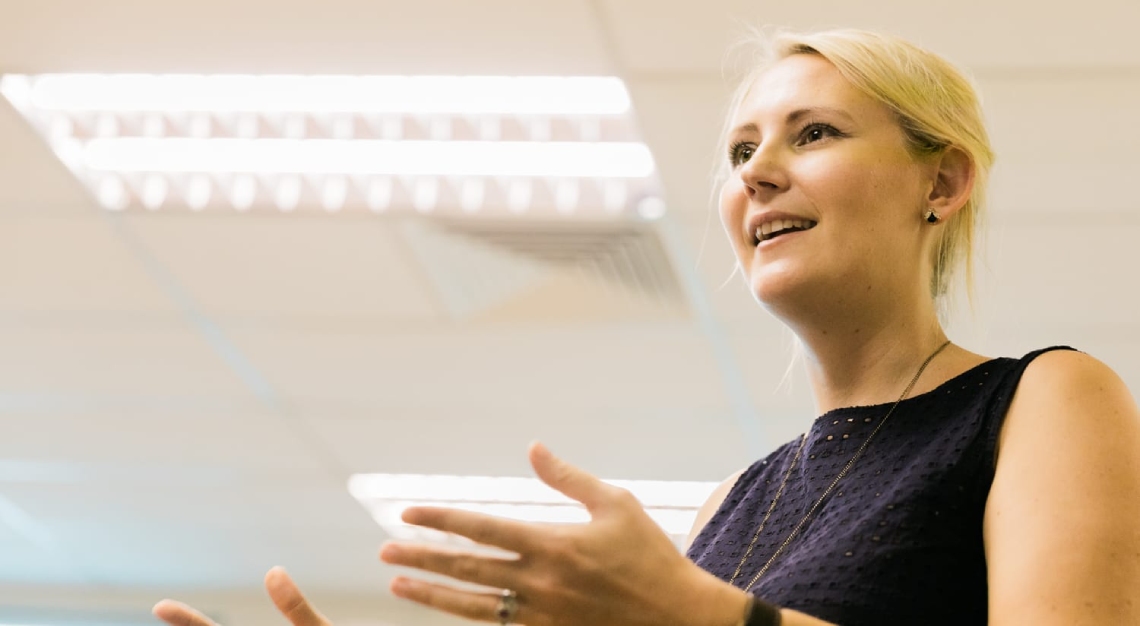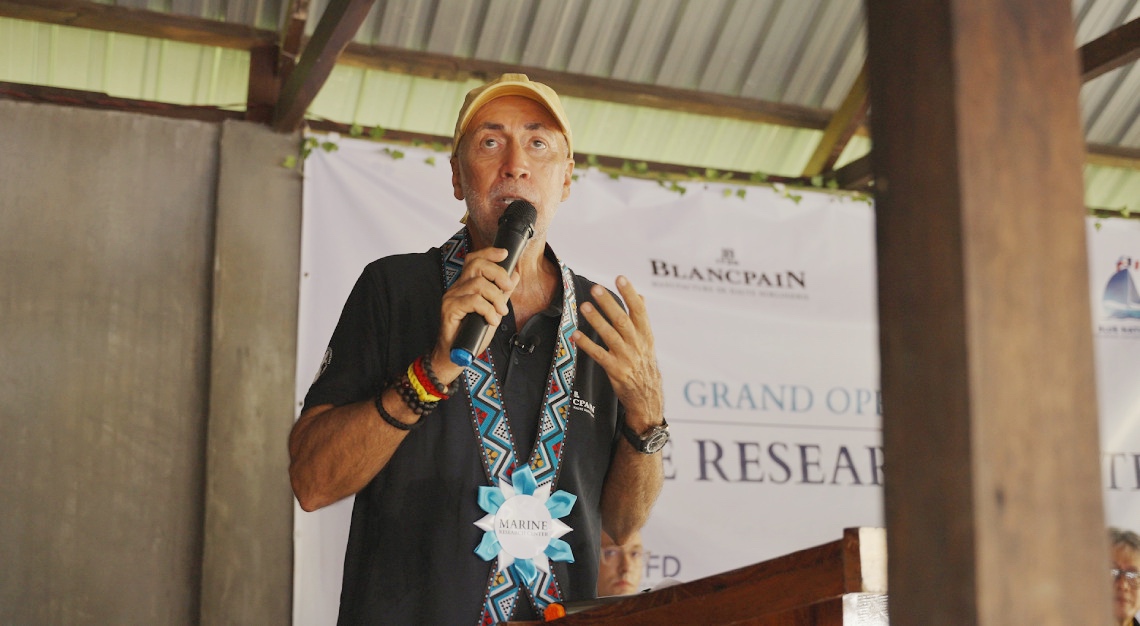Will they go bust?
Shock waves reverberated through philanthropy circles this past June when the renowned Annenberg Space for Photography in Los Angeles announced it was shutting down. Well-known benefactor Wallis Annenberg, who, as the name suggests, had financed the exhibition space since its debut in 2009, had pulled the plug, deciding to redirect her family foundation’s considerable resources toward COVID-19 and social-justice issues. Word soon spread that quixotic billionaire Larry Ellison was following suit, closing his London-based foundation to refocus his charitable efforts on Covid-19.
Once a metric for visual clarity, 2020 has taken on new meaning as a meme for the relentless disaster and fright besetting us this year. Engulfed by pandemic-fueled soul searching and turmoil, donors large and small have stepped up to pour billions of dollars into coronavirus relief efforts and social justice initiatives. Jack Dorsey, the chief executive of Square and Twitter, shot to the top of a global ranking of individual donors when he committed $1 billion to Covid-19-related assistance. “There has been an outpouring of support for these two issues,” says Jacob Harold, executive vice president of Candid, which tracks philanthropic giving.

More than US$17 billion (S$22.64 billion) was directed to coronavirus causes from March through October, according to the Center for Disaster Philanthropy, outstripping the amounts for hurricanes and other 21st-century disasters by orders of magnitude. (Donors gave a mere US$363 million/S$483.51 million within six months of the far more limited Ebola outbreak in 2014, for instance.)
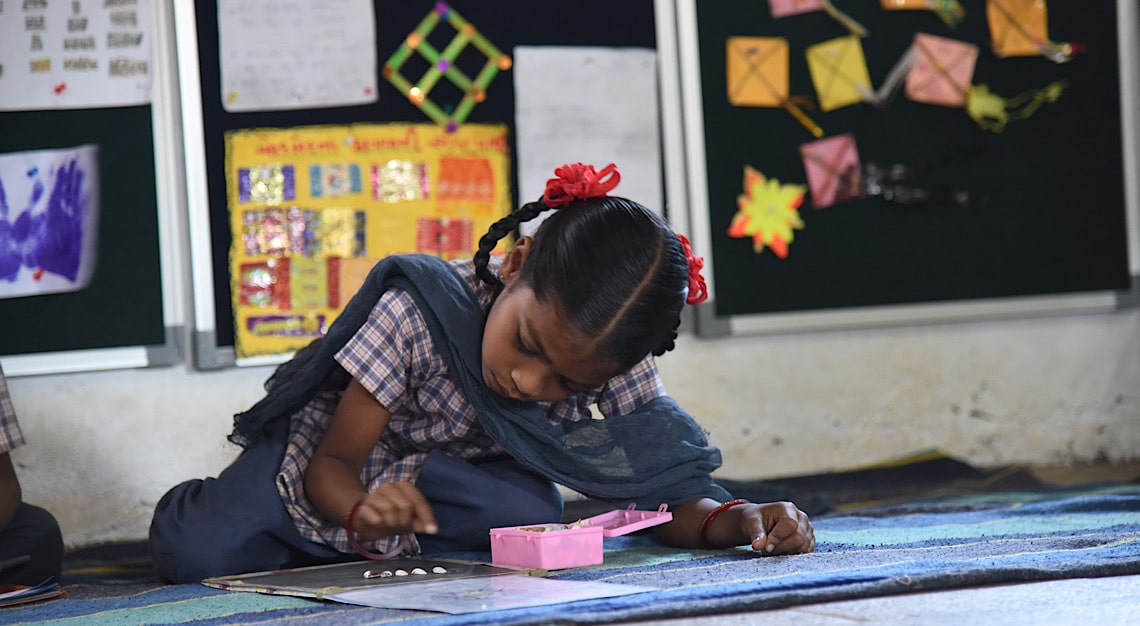
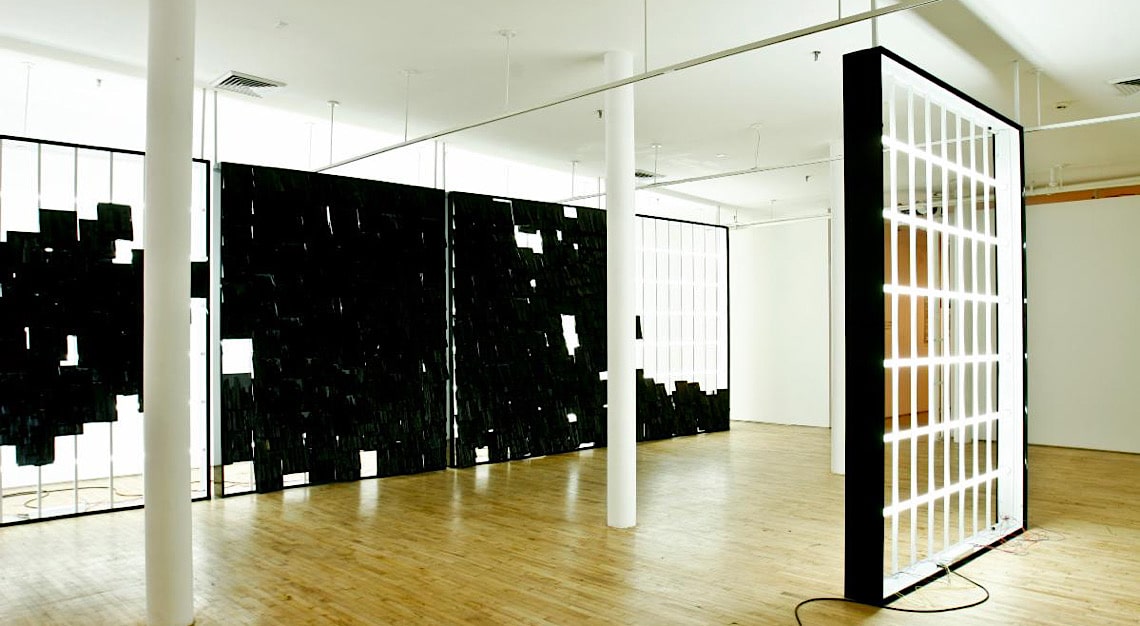
But mirroring this outpouring of crisis relief is a shift away from support for ballet companies, art museums, cancer treatment, childhood education and myriad other causes, which are falling drastically short of needs. Annual fundraising galas have been cancelled, tickets and entrance fees zeroed. Volunteers have retreated to the safety of solitude. Nonprofits are facing a crisis of their own.
Some small canary-in-the-coal-mine organisations have already shut their doors or announced they soon will, owing to the financial strains from COVID-19. They include, to name just a few, the World of Speed Motorsports Museum in Wilsonville, Ore.; Reach Pikes Peak, which has served low-income families in Colorado Springs, Colo., for over 55 years; and the 39-year-old New York City art-scene stalwart Art in General. Ellison’s abrupt change of heart alone left nonprofits such as Reach to Teach, a charity dedicated to primary education in India, which he has reportedly supported since 2008, in the lurch. Ellison did not respond to requests for comment on his shift in priorities, and a spokesperson for his cancer-research centre in LA declined to comment.
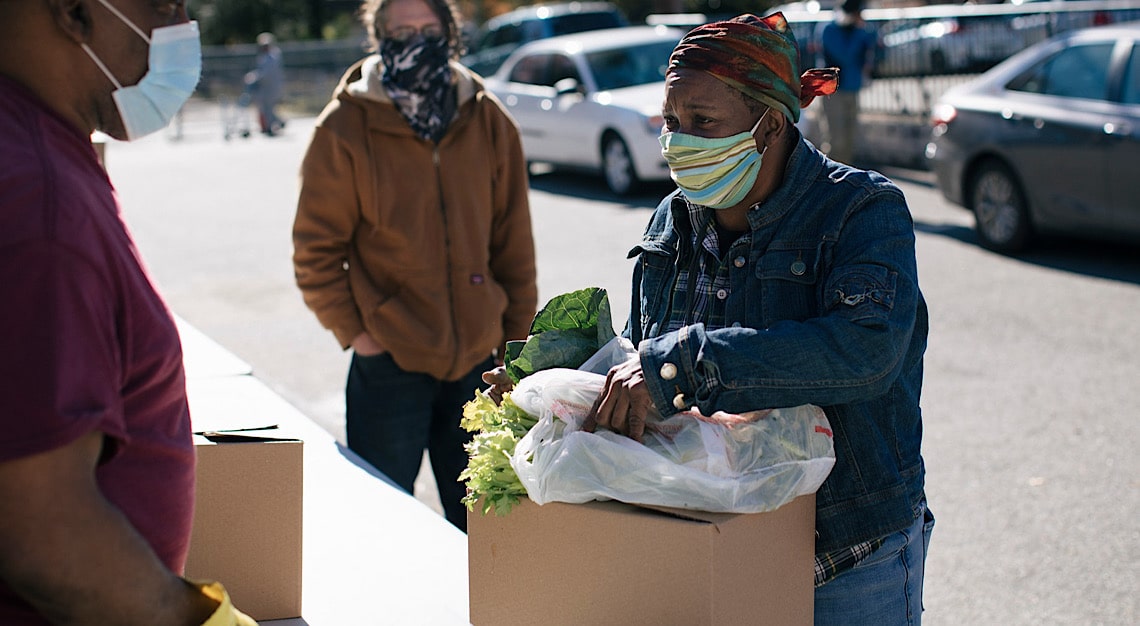
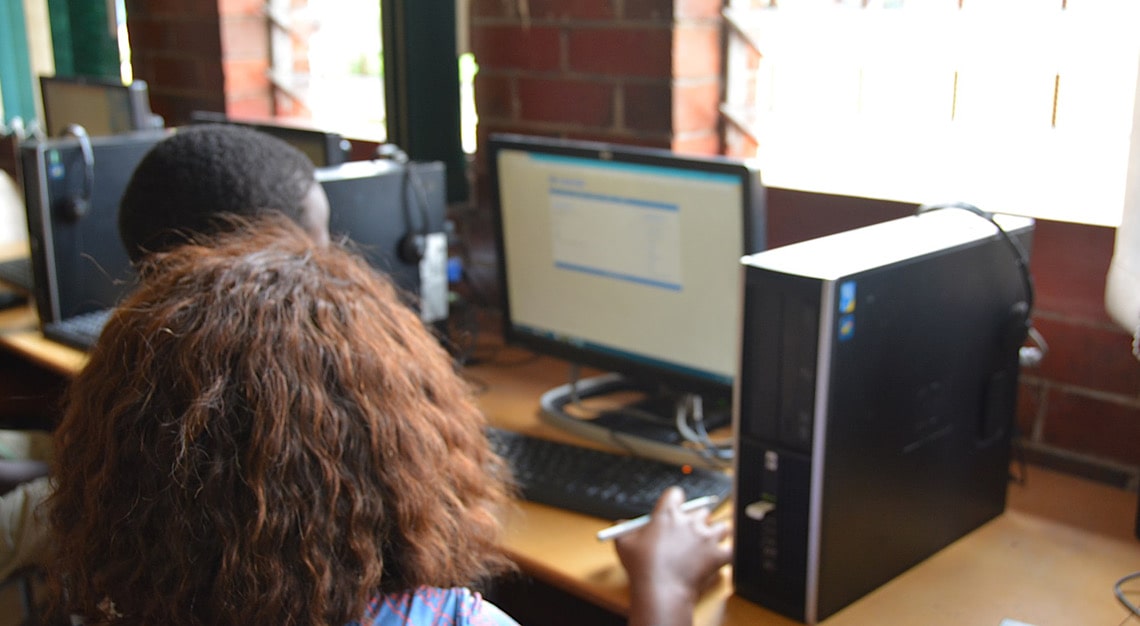
Meanwhile, the needs for medical care, food, housing, mental health, outfitting children with technology for virtual education and other activities not directly connected to the pandemic have sharply increased. Nonprofits are American society’s safety valves, though they often operate on the edge themselves. In any normal year, according to Candid, which also advises charitable groups, roughly 12,000 US charities go out of business. Candid predicts that as many as 10 times that number could disappear in the ripple effects of COVID-19. And with the hungry hungrier, the numbers of homeless legion, there are other crises looming.
“Cancer isn’t cancelled,” says Paula Schneider, chief executive of Susan G. Komen, the Dallas-based breast-cancer-fighting organization. “Our helpline is ringing off the hook.” In July, Komen called off its famous Race for the Cure fundraising walks and runs – responsible for 50 per cent of its income – because of the obvious difficulties in exercising en masse during an airborne-virus pandemic. But the need for Komen’s services is growing, what with the record number of newly unemployed who have been untethered from health insurance. What’s more, Komen anticipates a near-future surge of cancer cases because women, fearful of going into medical facilities, have been postponing mammograms.

Searching for cost savings, Schneider reorganized Komen, centralising management and shutting down affiliates around the country. “Unfortunately, it does mean job loss. But we are a nonprofit,” Schneider says, acknowledging that it’s her responsibility to keep expenses to a minimum. Komen developed a step-counting app to allow participants to run and walk on their own while raising funds via sponsorships. As of the first eight runs scheduled with the new app, it’s clear, says Schneider, that donations via virtual events will be “significantly down,” though she declines to give a specific estimate.
“It’s brutal,” says Phil Buchanan, president of the Centre for Effective Philanthropy in Cambridge, Mass., and author of Giving Done Right, a practical guide to donating. “People often think nonprofits should operate more like a business, but in business, you would never see a decrease in revenue with an increase in demand.”
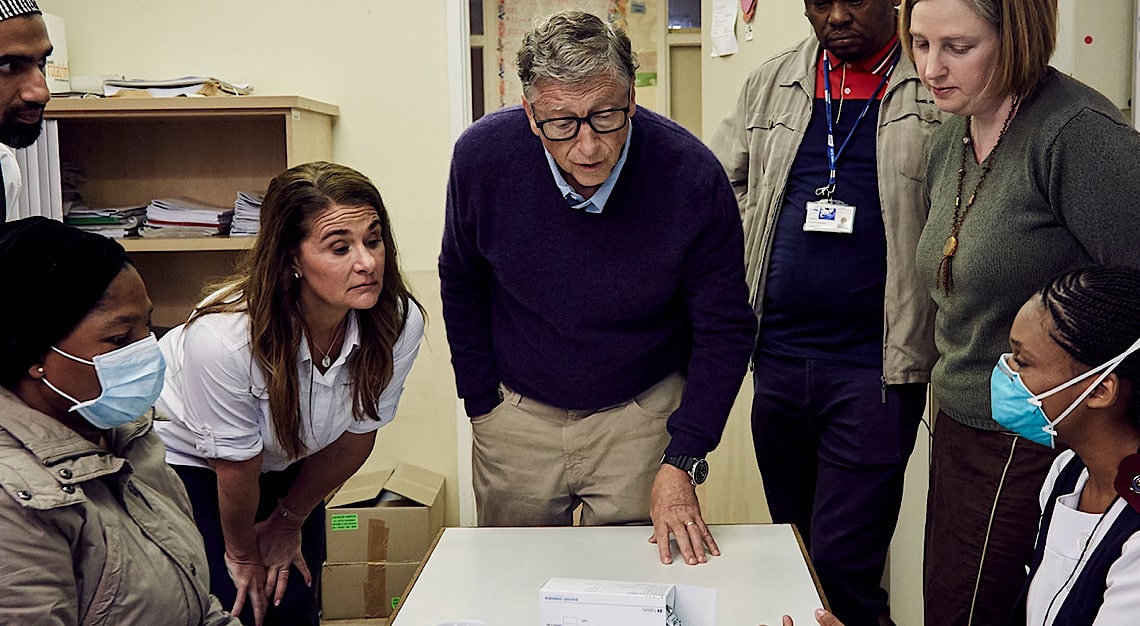
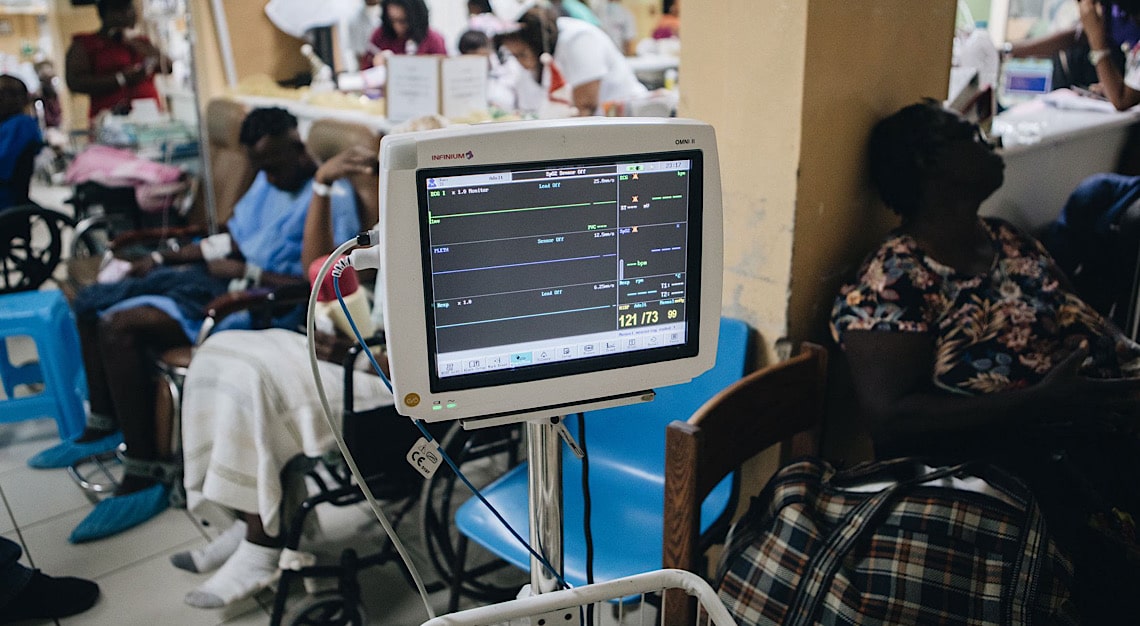
Thus far, the angels flying to the rescue appear to be major foundations. The Bill & Melinda Gates Foundation – the biggest in the US, with a roughly US$50 billion (S$66.6 billion) endowment – has doubled down on global COVID-19 relief with a battery of initiatives. Early this year, after the US announced it would withdraw its funding of the World Health Organisation, which has programmes to fight everything from malaria to measles, the foundation was set to become its single largest donor.

Recognizing an existential threat to nonprofits in general, the Ford Foundation, which has a US$12 billion (S$15.98 billion) endowment and dispersed US$560 million (S$745.91 million) in grants in 2019, opted for the unusual move of issuing US$1 billion (S$1.33 billion) worth of taxable “social” bonds to raise money for a massive increase in giving this year and next. Others, including the John D. and Catherine T. MacArthur Foundation and the Doris Duke Charitable Foundation, have followed suit with their own bond issuances, while several additional major foundations have pledged to finance big increases in giving.
Current low-interest rates make borrowing a relatively safe financial move now. And many foundations worry too much about maintaining their own heft, says Buchanan. “If in 2030 you end up a little smaller than you would have,” he says, so what? “I don’t think anyone is going to look back and say, ‘I wish I’d done less.’ It’s really hard to imagine a more urgent moment. Anyone in a position to give should give at a level that hurts.”
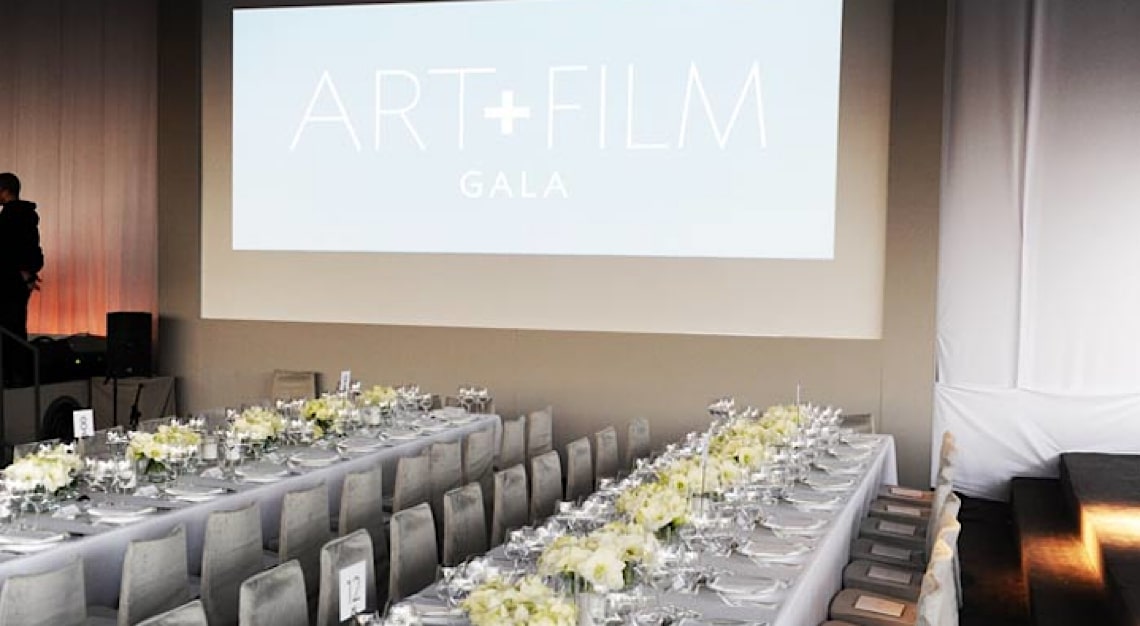

Of course, many nonprofits have been caught flat-footed, trapped in the same 2020 time warp as the rest of us citizens. In March, much of the world believed the pandemic would be over, if not the following month, then at least by mid-June. Sure, it quickly seemed obvious that the Met Gala on the first Monday in May wasn’t going to happen. But it has taken until autumn to reach a broad consensus that the disruption is likely to continue well into 2021.
Hence, the Los Angeles County Museum of Art was scrambling this fall to brainstorm a new plan for its annual November star-studded, Gucci-sponsored Art+Film gala, which raised US$4.6 million (S$6.13 million) in 2019 when it honoured artist Betye Saar and filmmaker Alfonso Cuarón.
The museum was reeling from months of enforced closure, which ground ticket sales to a halt and stymied related revenue, such as dining and retail. “No one knew it would last this long,” says Michael Govan, LACMA’s CEO and director. By September, as his team tossed around fundraising ideas, he could barely contain his frustration over the museum’s lengthy, legally mandated closure. Govan says LACMA is fully armed for the pandemic with touchless digital check-ins for visitors and hands-free automatic doors. “We changed our bathroom fixtures,” he says. “For some reason, the governor of California has barbershops open and Neiman Marcus, but not museums… The membership losses and the ticket revenue – we’re just bleeding.”

LACMA has a bright bit of news. When a key Collector’s Committee event was cancelled in the spring, several museum trustees and other donors stepped up to buy a blue version of Penetrable, a sculpture by the late kinetic artist Jesús Rafael Soto, to replace a yellow version that had been on loan from 2011 to 2017 and displayed outdoors. The new Penetrable will go on view when the pandemic is over: It invites observers to enter and touch it, currently a hard-stop no-no.
Changes in the post-pandemic offerings of cultural institutions may last for years. The Museum of Fine Arts, Houston, expects to host fewer blockbuster exhibits for some time to come. After a two-month closure, the museum was running a US$4.3 million (S$5.73 million) budget deficit by 30 June, the end of its fiscal year, according to the museum’s director, Gary Tinterow. He dug into the organisation’s US$13 million (S$17.32 million) rainy day fund to keep all 660 staff members on the payroll and spent US$400,000 (S$532,792) on COVID-19 tests for museum staff as the museum re-opened this summer. Fundraising has since brought the shortfall down below US$2 million (S$2.66 million), but the impact on operations is real.

Tinterow says that MFAH has been rejiggering its exhibition schedule and that its shows will be less ambitious going forward. They’ll be more tightly edited to reduce such costs as insuring and shipping works of art as the museum conserves cash. They’ll also be spaced out on the calendar to reduce the risk of cannibalising its audience.
“I see how my mind has evolved in the past months and how I’m looking at future projects,” says Tinterow. “We’re not going to give you any examples, but we’ve looked at projects and said that isn’t urgent. It isn’t crucial. It’s a kind of luxury that we don’t feel that we can afford now.”
The crisis, as in the business world at large, has sped up transitions that might have taken years. The Humane Society of the United States shifted to virtual fundraising in the spring, says Karen Duarte, its vice president of events and conferences. An April concert live-streamed via Twitch, YouTube and Facebook with such performers as Jason Mraz and Chris Daughtry raised US$300,000 (S$399,594), with donations popping up on phone and computer screens to encourage other viewers to give. The event mostly replaced the income the society had expected to make from a private house party it holds each spring in LA.

When the Humane Society took its annual Animal Care Expo, typically attended by 2,500 employees from animal shelters across the country, to an online platform in May, it dropped the entrance fee from just over US$200 (S$266.4) to US$29 (S$38.63) and found that the discount doubled the number of people who could afford to attend. Future conferences will retain an online component, says Duarte, who managed these changes while recovering from COVID-19 along with her husband and son. “We’re really learning a whole new way of philanthropy,” she notes. But the animal-protection group’s annual gala, its single biggest fundraiser, is looking bleak. The November event will go virtual and honour everyday heroes who foster pets. Ticket buyers to the event can submit videos of their own efforts. The gala raised US$3 million (S$4 million) in 2019. This year? “If we could do half, we’d be really happy.”
One challenge for nonprofits is grabbing the attention of donors who are distracted by upheaval. Rick Caruso, a billionaire real-estate developer who co-founded the Caruso Family Foundation with his wife, saw his businesses slammed by COVID-19, which shut down his LA shopping mall the Grove, his lavish Miramar Beach Resort outside Santa Barbara, Calif., and other retail developments. “We went from 100 per cent revenue to about 20 per cent, without a road map,” Caruso says.

Since he funnels 20 per cent of his profits into his foundation, the logical business-minded move might have been to pull back. But when Caruso checked in with the organizations that it supports, he got an earful of needs. Para Los Niños and Operation Progress, which both serve underprivileged children in LA, told him they were overwhelmed with hungry families. The Los Angeles Fire Department lacked personal protective equipment.
As a result of those conversations, rather than shaving his contributions, Caruso estimates he increased the foundation’s spending by 20 per cent this year. He also redeployed resources such as the Miramar resort’s beachside food truck, which delivered breakfast burritos to first responders in Santa Barbara and then food to shelters in LA during the lockdown.
“Holy Toledo, there’s some massive impacts going on here,” says Caruso of the need to give. “Listen, if not now, when?”
This story first appeared on Robb Report US

